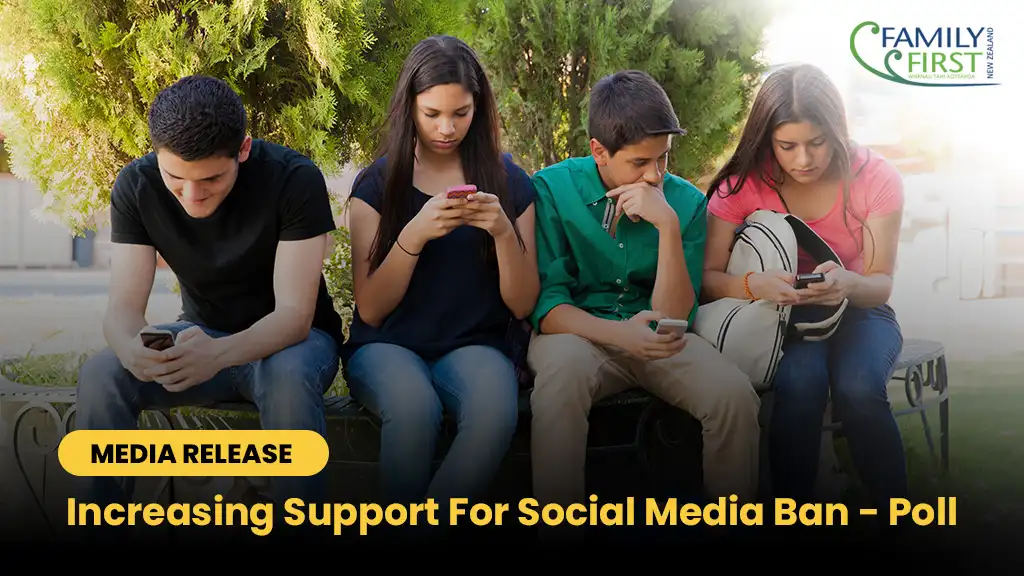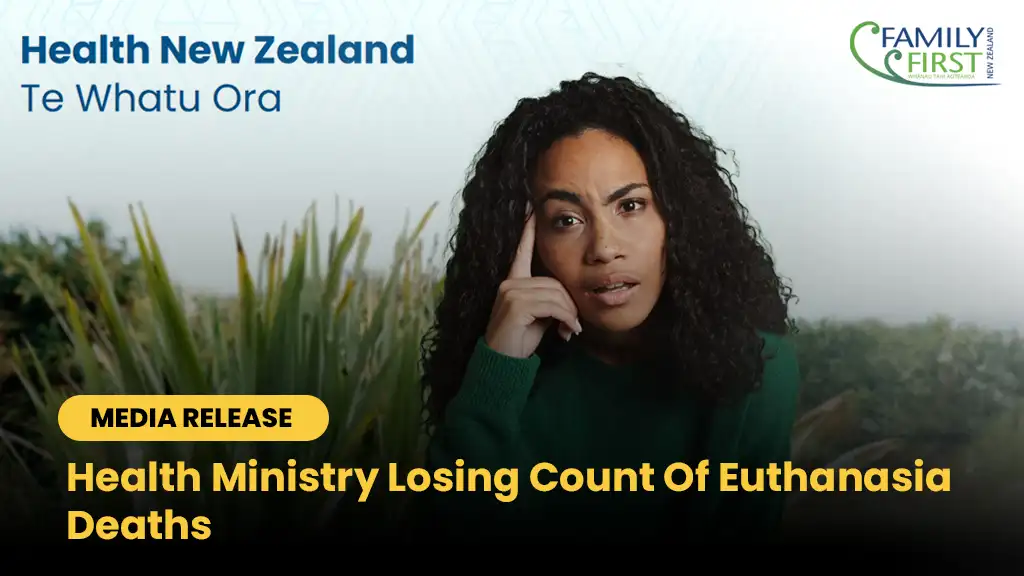MEDIA RELEASE
18 November 2022
Family First NZ warns that the declining marriage and fertility rates and increase in ex-nuptial births are setting up a ‘perfect storm’ for negative social consequences in New Zealand.
According to statistics just released, the number of births to unmarried parents exceeded the number of births to married parents for the first time, and the total fertility rate was 1.65 births per woman, dropping slightly from 1.66. New Zealand’s fertility rate continues to be at an all-time low, well below the population replacement level of 2.1 required.
The fertility rate should be sounding alarm bells for politicians and policymakers in New Zealand. Lindsay Mitchell, author of Family First’s report “Families: Ever Fewer or No Children, How Worried Should We Be?“ says “Without population replacement or growth, economies decline. A nation’s strength lies in its young: their energy, innovation, risk-taking and entrepreneurship.”
Researchers at the University of Washington’s Institute for Health Metrics and Evaluation, published in the Lancet in 2020, predict that the worldwide fertility rate will fall below 1.7 by 2100. 183 out of 195 countries are predicted to have a fertility rate below the replacement level.
With a declining fertility rate comes a reliance on migration to provide for an aging population – but all countries around the world will be competing for that migration, because most countries are facing the same dilemma. We need a younger population to provide a workforce for economic growth. An aging population will also place a burden on the economy through increasing health care, aged care, and other fiscal costs such as the government pension.
Whether the solution is financial incentives, enhanced maternity and paternity leave, free childcare, employment rights, or simply migration through open borders, New Zealand needs to be having this discussion.
We should also be concerned that marriage rates are at a shocking all-time low and that the number of births to unmarried parents now exceed the number of births to married parents for the first time. Earlier data this year showed that the general marriage rate has dropped to a record low in 2021 of only 7.7 couples per 1,000 people eligible to marry (unmarried people aged 16 years and over). This is about one-sixth of the 1971 peak, when the rate was 45.5. New Zealanders are also marrying about eight years later in life on average.
The weakening of marriage is one of the most important social issues we are facing. A 2016 report on child abuse and its causes argued that the ‘elephant in the room’ is family structure, and that the growth of child abuse has accompanied a reduction in marriage and an increase in cohabiting and single-parent families. The report follows on from an earlier report on child poverty and its similar link to family structure, and a report on imprisonment rates (released in June 2018). That report stated that if the government doesn’t want to keep building more prisons, it needs to look to the children who are potentially tomorrow’s offenders and acknowledge the role family stability plays.
A recent report from Family First – WHERE DOES HE LIVE? Measuring Father Absence in New Zealand – finds little change since Children’s Commissioner Laurie O’Reilly described fatherless families as the ‘greatest social challenge facing New Zealanders’ in 1998.
Report author Lindsay Mitchell says, “Children are increasingly being born to de facto relationships (30% of all births) which do not have the same stability as marriages.”
“Maori children are the most likely to experience father absence. The proportion of Maori babies born to married parents has fallen from a relatively high level of 72% in 1968 to just 20% in the June 2022 quarter. Maori children are the most likely to experience living with a sole parent.”
For children, father absence is associated with poverty, material hardship, abuse and neglect, lower cognitive capacity, substance use, poorer physical and mental health and criminal offending. But estranged fathers can also suffer materially and emotionally. The mortality rate of fathers paying child support is significantly higher than the norm.
The statistics are clear on marriage. Children being raised by their married biological parents are by far the safest from violence – and so too are the adults. But whenever marriage is promoted, it has often been labelled as an attack on solo or divorced parents, and that has kept us from recognising the qualitative benefits of marriage which have been discovered from decades of research. In virtually every category that social science has measured, children and adults do better when parents get married and stay married – provided there is no presence of high conflict or violence. This is not a criticism of solo parents. It simply acknowledges the benefits of the institution of marriage.
Marriage isn’t perfect, but we ignore its benefits at our peril, including the positive effect on our fertility rate.




